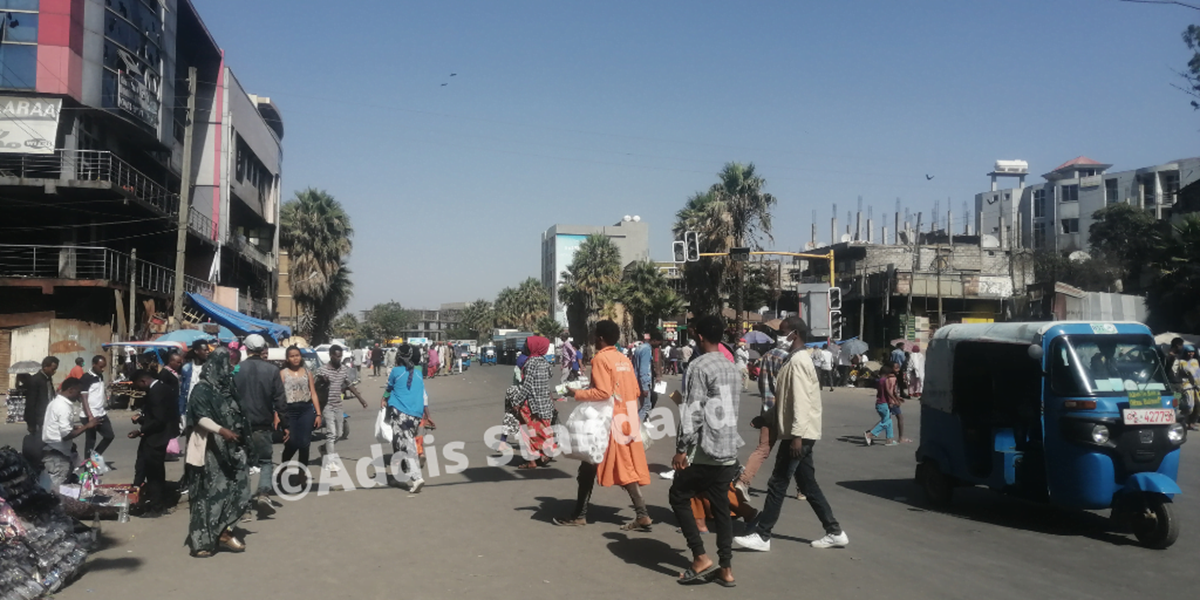News: OCHA says humanitarian needs in Afar, Amhara regions rising amid ‘large- scale displacement’

Photo: North Gondar Communication Bureau
By Addis Standard Staff
Addis Abeba, November 17,2021- The United Nations Office Coordination of Humanitarian Affairs (OCHA) stated that the ongoing conflict in the Amhara Afar and Amhara regions have resulted in large-scale displacements from North Gonder, Wag Hemra, North and South Wello zones as well as in and around Dessie, Kombolcha, Baati and Kamissie. Thousands of people were also reportedly displaced from Chifra Woreda, Awsi Zone and in few locations in Ada`ar Woreda in Afar. According to the report, humanitarian needs, including emergency shelter, food, safe and clean drinking water, medicines and health services, dignity and hygiene kits for women, and protection services have increased following mass internal displacement.
The OCHA report revealed that in Amhara region where majority of IDPs are women and children, tens of thousands of IDPs have reportedly registered in Debre Berhan, with several sheltering in two schools in the city. Alternatively, some IDPs in Dessie and Kombolcha towns, who arrived from nearby Habru and Kutaber Woredas during the last few weeks, reportedly started to return to their places of origin, the report said.
The impediment of the delivery of urgent humanitarian assistance was attributed to access constraints due to insecurity as well as the limited presence of humanitarian partners on the ground. Moreover, it was indicated in the report that electricity and telecommunications have been cut in Dessie and Kombolcha since 30 October and commercial flights to Kombolcha have been suspended since mid-October.
In the Afar region, electricity and communications are intermittent in Semera and Logia towns as the main transmitter in Kombolcha is out of use. The water supply has also been disrupted and supplies in stores are depleted with commercial supply lines having been disrupted, OCHA said. The Afar region also faces a threat of Desert locust, according to a FAO recent report confirming the presence of immature swarms in the region. Desert locust survey and control operations remain compromised due to insecurity, the report said.
The conflict also affected cattle farmers in Afar and Amhara regions who rely on the markets for animal trade and food purchase, as stated in the report, they currently have no access to the market to sell their livestock and to buy food. “As a result, food prices have significantly increased while livestock prices have remained low due to low demand.” Dispatch








